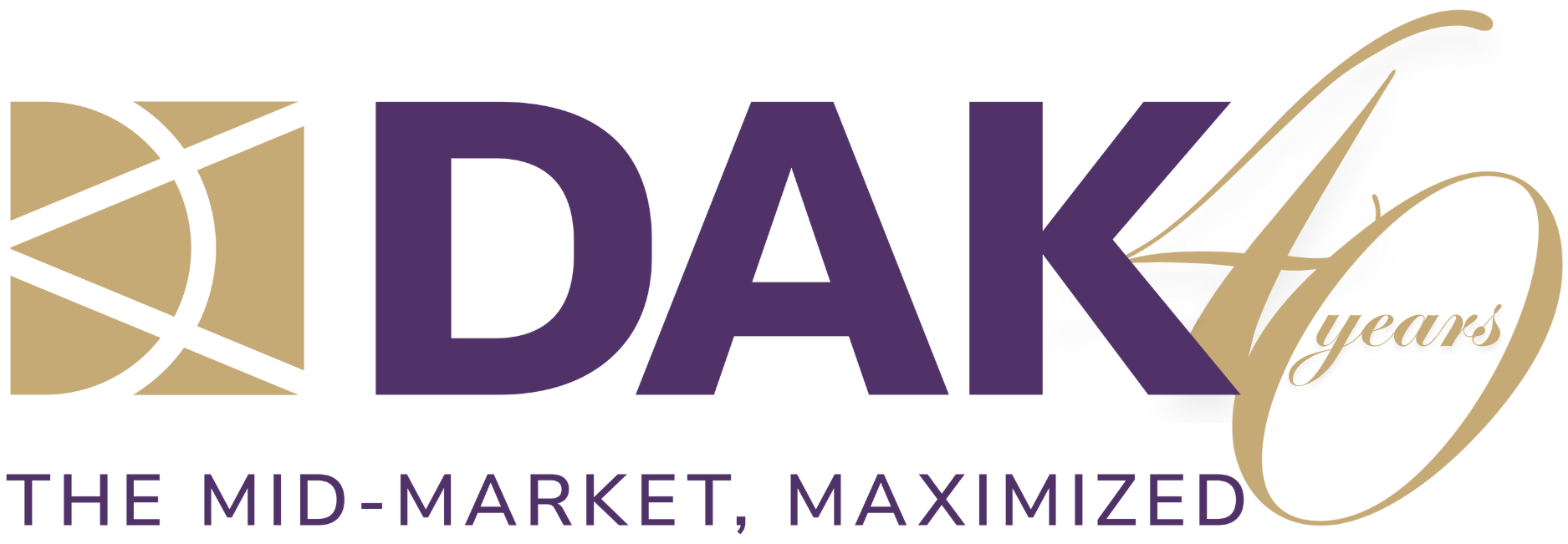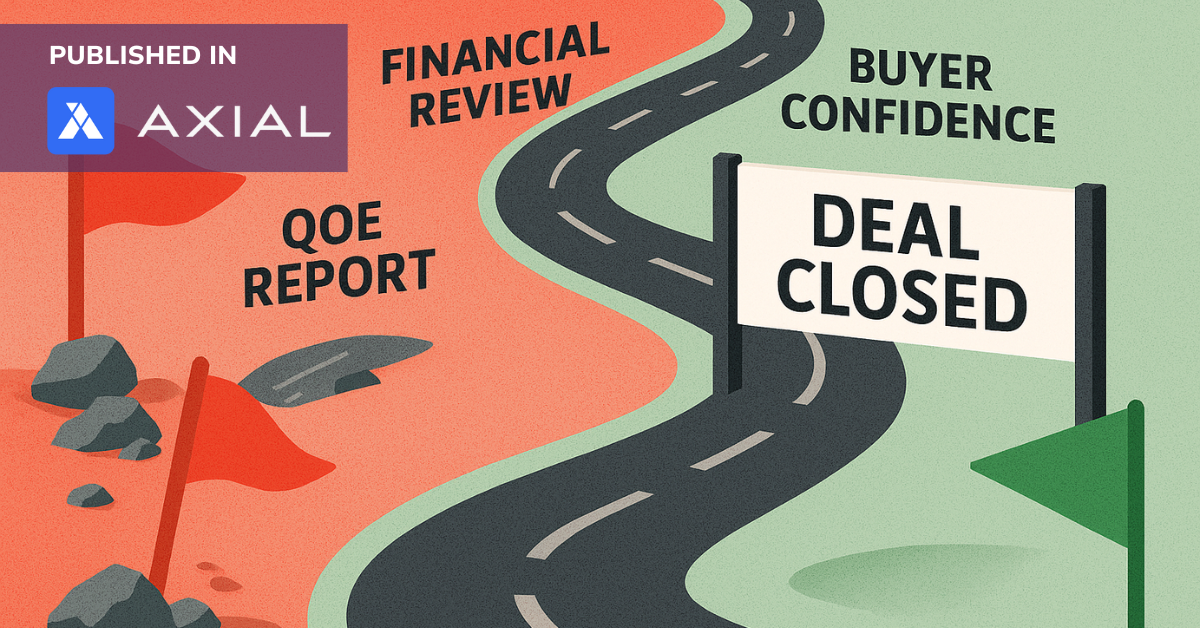Ari Fuchs, DAK Director, discusses strategic positioning for Middle-Market Commercial Integration Business owners, and how acquisitions can be a lucrative means to maximizing the businesses value.
With 2016 more than halfway complete, there is no better time to take a fresh look at your business in order to position it for success in the coming year. Taking a critical look at your business model, reshaping it if needed, can often position it to take advantage of new opportunities and protect it from new threats that may be right around the corner. Commercial Integrators’ tend to spend more time working in their business, rather than on their business, and often lose sight of the strategic priorities and direction necessary for success. Taking a pro-active approach to assessing your business’ threats and opportunities today will help maximize its value in the future.
The rise in tech-enabled workspaces that demand more IT-centric services; the expansion of unified communications and the impact of collaboration on the marketplace are serving as catalysts to integrators as they seek to build-out their service lines. Smaller integration firms are having an increasingly challenging time competing given the growth in complex A/V and managed services that many integrators are not equipped or have the necessary expertise to handle. Those that do have the expertise seek to build and expand their footprint to access a growing base of enterprise and commercial clients.
Opportunities
To effect change, you need to consider opportunities you may not have considered in the past. Have the needs of your customers changed? Could you be delivering your product or service in a more meaningful way to generate increased customer loyalty or engagement? How can you innovate your business model to deliver a better customer experience? Back in the good old days, if you delivered a quality product or service at a reasonable price, customers would always return. Not so today. Businesses require constant innovation to meet the changing demands of their customers.
Threats
Advances in technology have turned the global economy into a local economy. While this has created opportunity for business owners, it has also paved the way for significant threats and challenges. Are you seeing new and/or stronger competitors appear in your market? Are new technologies emerging that will impact your customers preferences or buying habits? Have you considered the impact of shrinking markets, new regulations and/or raw material shortages on your business? While many of these threats may be outside of your control, their impact can be mitigated (or even deflected) with proper strategic planning.
Acquisitions as a Means to Maximize Value
There are many great benefits derived from purchasing another company including instant access to new customers, products and markets; access to new talent, equipment and technology; removing a competitor from the playing field; and getting a big bump in revenue, margins and earnings. Acquisitions can also be used to take advantage of opportunities in the marketplace as
well as mitigate the impact of threats and challenges. Could an acquisition help you expand the scope of your business by providing access to a complementary vertical? Alternatively, you may consider using an acquisition to expand the scale of your business by consolidating smaller competitors. Either way, acquisitions are a tool that can be used to maximize the long-term value of your business.
Rapidly evolving technologies create both challenges and opportunities. Taking the time to craft a strategic plan to address those challenges and opportunities will benefit you in the long-term. The combination of favorable capital markets, the fragmented nature of the commercial integration industry and the desire among integrators to become more IT-centric speak to the direction the industry is moving in. Now may be a good time to consider an acquisition to accelerate your growth strategy, capitalize on opportunities and maximize value for years to come.
CLICK BELOW FOR FULL ARTICLE
PRINTABLE VERSION






